
Rearing horse stock photo. Image of upright, dressage 20507052
Rearing occurs as a result of fear, confusion, pain, or disobedience. It's your horse's way of saying NO when he doesn't have any other way to get out of what he feels is a bad spot. You can actually cause a rear by overfacing your horse or mixing your signals—such as asking him to go forward while inadvertently hanging on his mouth.

White horse rearing in the sunset. horsephotography equinephotography White horse
A horse is usually rearing out of fear or out of disrespect. These are two issues that have to be approached very differently. If the cause is fear, then you need to work on eliminating the fear. On the other hand, if the cause is respect, well, you need to earn the respect of your horse. It's surprising how quickly a horse can learn bad behavior.

1000+ images about Rearing Horses Pictures on Pinterest Arabian horses, Haflinger horse and
Rearing is a very dangerous unwanted behavior in horses. Let's take a look at why your horse might display this behavior, and how you can safely overcome it. Like many professionals in the horse industry, I sincerely wish there was an effective "quick fix" for a rearing horse!
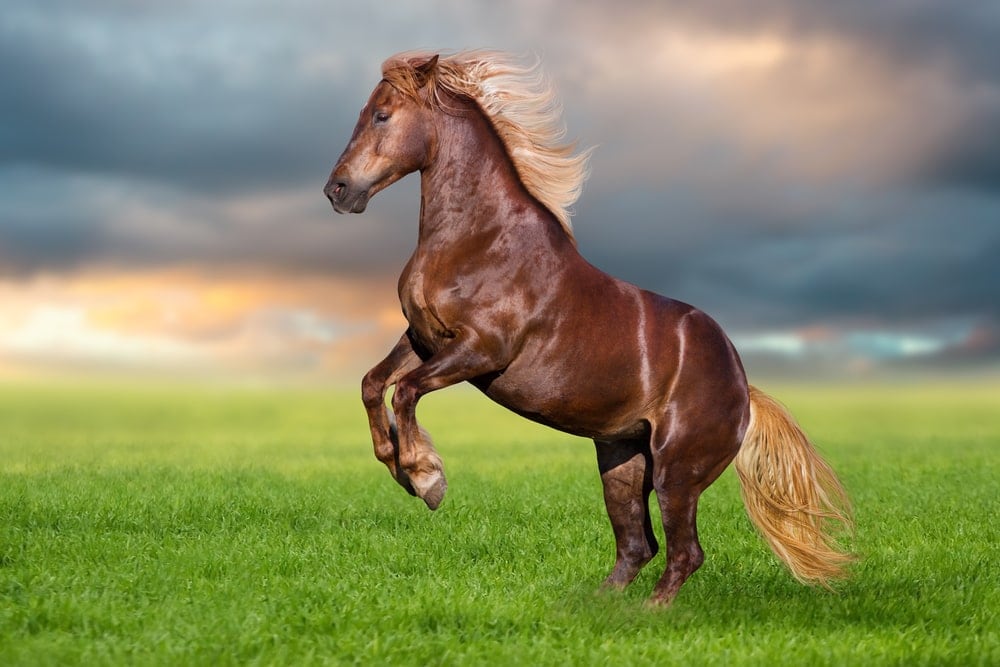
How to Stop Rearing in Horses » Petsoid
Appearing threatening by rearing is a behavior they use to show rebellion and refusal to accept handling. Stallions rear and strike to show dominance to other horses, or they may rear and paw when courting a mare. . If a bit is harsh or causes pain, a horse may rear in response to pressure and pain. If the horse is able to avoid certain places.
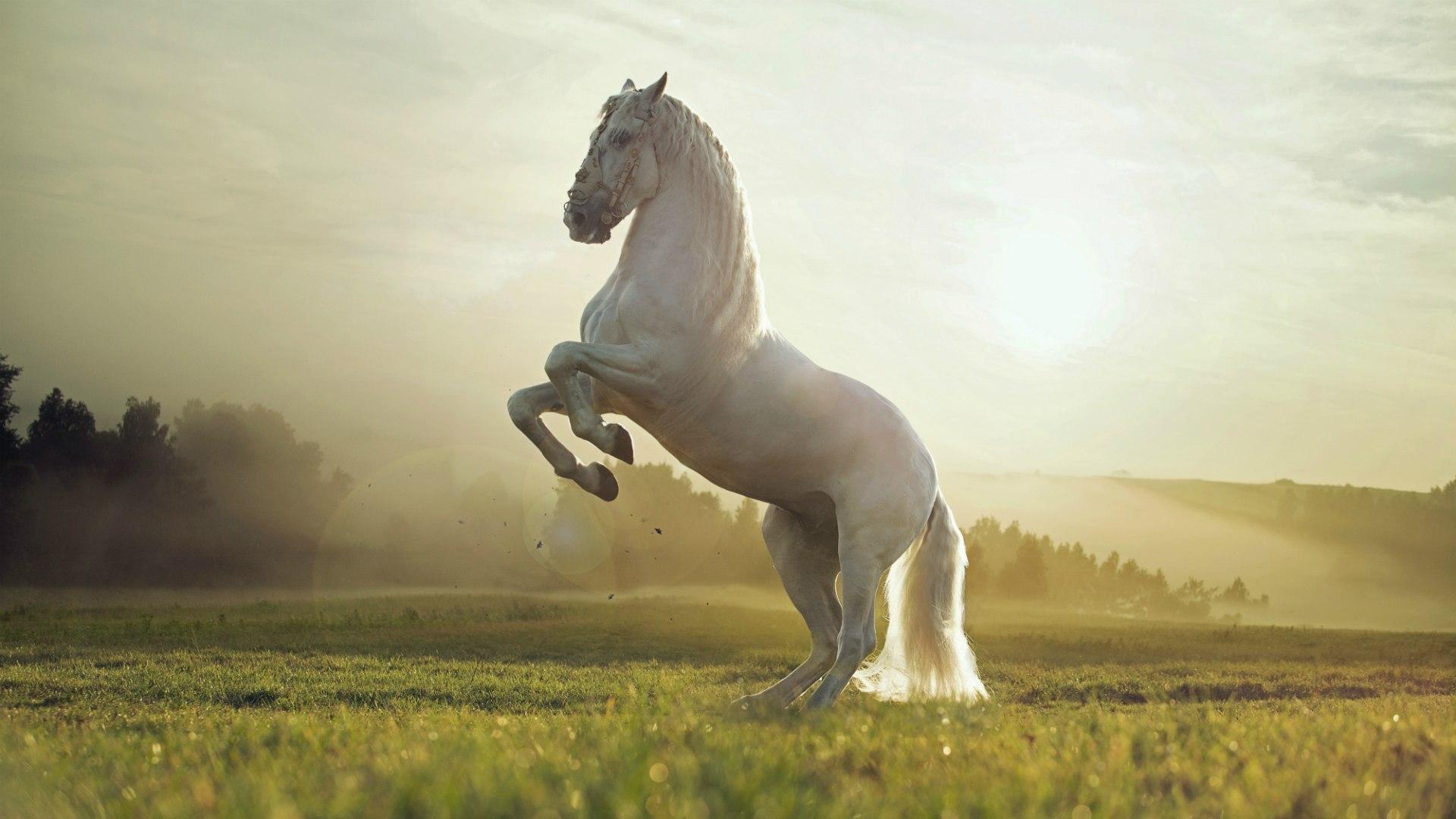
Horses Rearing Wallpapers Wallpaper Cave
Horses that rear can generally be put into two groups: Rearing out of fear (he's hot and nervous and using the reactive side of his brain) or rearing out of disrespect (he doesn't want to do something). Whatever the cause of rearing is, it's a clear sign that you have not earned your horse's respect.

Girl riding rearing up horse Cropped image 54ka [photo blog]
Rearing is an instinctive reaction in horses, and it's usually triggered by fear or frustration. It's important to be able to recognize the signs of rearing before it occurs, so you can take the necessary steps to prevent it.

Sport horse rearing up royalty free stock image Horse rearing, Sport horse, Horses
A rearing horse handled by a person on the ground. Rearing occurs when a horse or other equine "stands up" on its hind legs with the forelegs off the ground. Rearing may be linked to fright, aggression, excitement, disobedience, non experienced rider, or pain. It is not uncommon to see stallions rearing in the wild when they fight, while.

rearing without an track! Equestrian Girls, Horse Equestrian, Beautiful Horse Pictures
Roaring (laryngeal hemiplegia) is a condition in horses that greatly reduces their airflow during exercise. Affected horses make a "roar" sound under work. Damage or breakdown of the laryngeal nerve causes roaring. The term laryngeal hemiplegia means paralysis of half of the larynx. The larynx closes when horses swallow food and opens to.
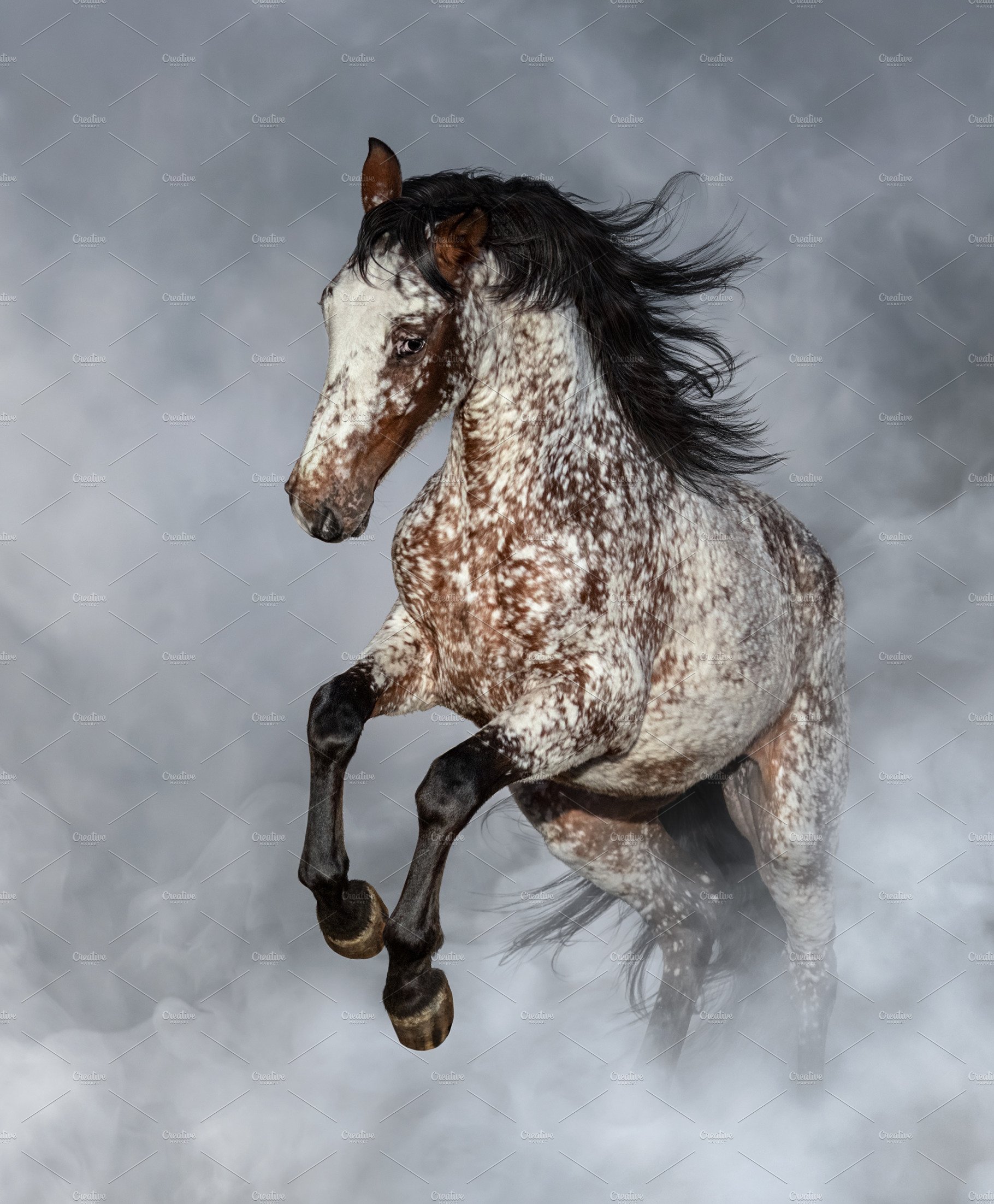
Appaloosa horse rearing Animal Photos Creative Market
Why Horses Rear and What to Do About It By Katherine Blocksdorf Updated on 01/17/20 Reviewed by Anna O'Brien Jockey on a rearing horse Salah Malkawi/Getty Images If your horse rears, you're in danger of being unseated, fallen on, or struck, and the horse may lose its balance, falling and injuring itself.
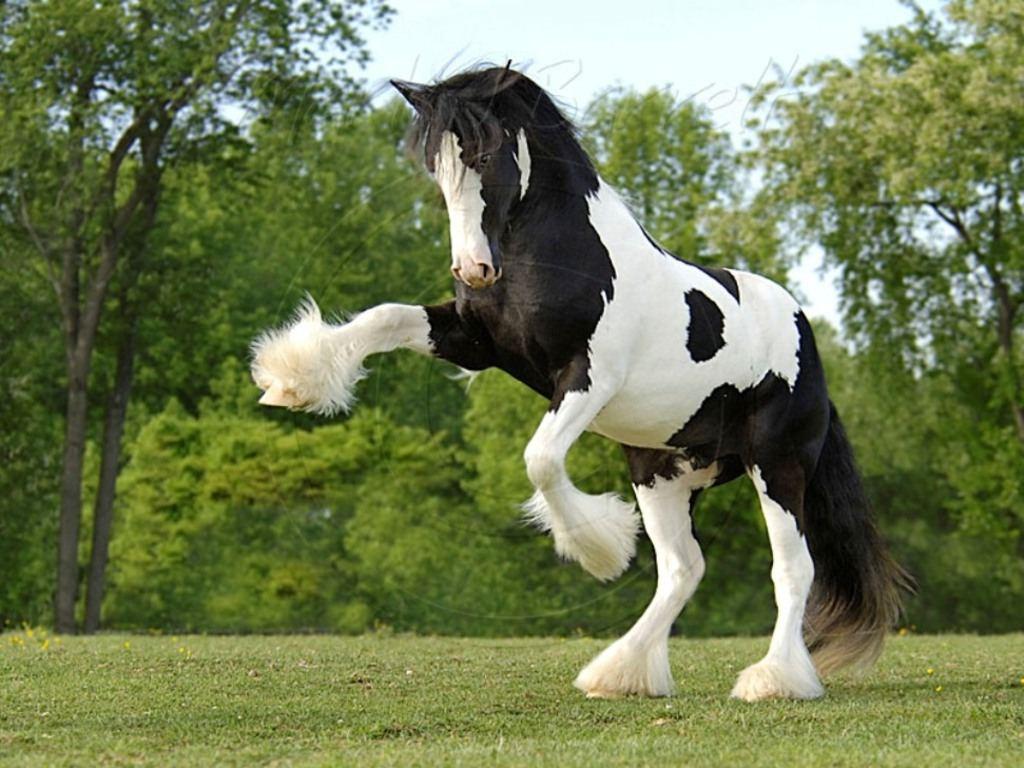
Horses Rearing Wallpapers Wallpaper Cave
Rearing is when a horse stands up on its hind legs. This is especially dangerous since the horse's balance is shifting from over four feet to over two. If handled incorrectly, a rider can contribute to causing the horse to flip over on itself. It's imperative to know how to handle these situations for both you and your horse's safety.

Black andalusian horse rearing stock photo containing rear and rearing Animal Stock Photos
Rearing is considered among the worst of equine behaviours. A horse who "stands up" of his own accord can be difficult to handle and dangerous to ride; if he falls over backwards, the.
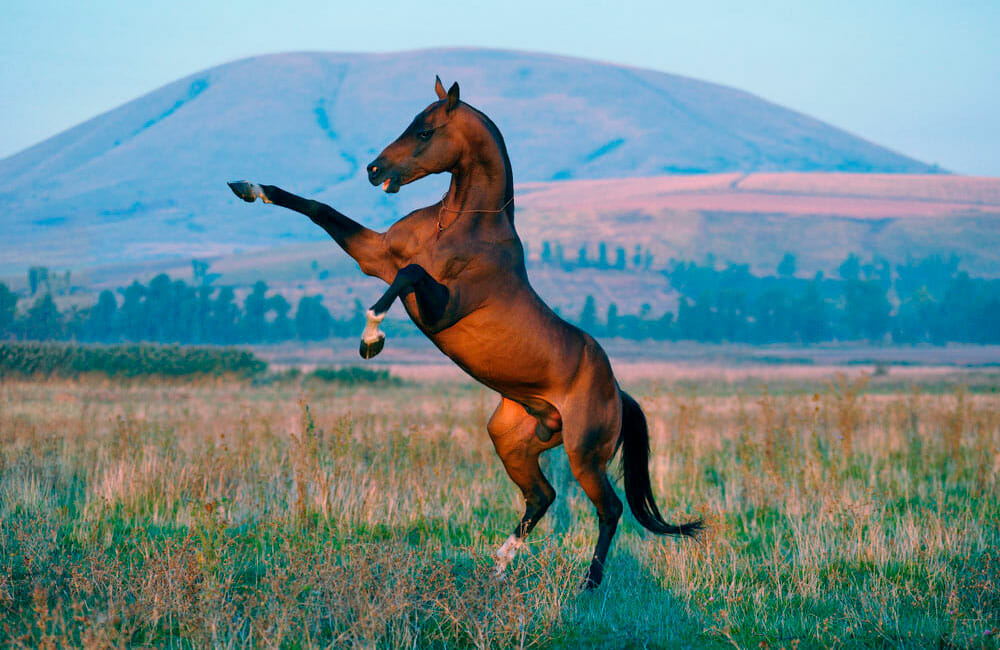
Horse Rearing Problem. How to Stop Your Horse from Rearing • Horsezz
Horses rear for a number of reasons. In the wild, horses will only really rear when challenging another horse. If a domesticated horse rears, either they were trained to do so, they are trying to challenge their rider, handler, or driver. or they are just feeling good and are rearing up as they would buck.
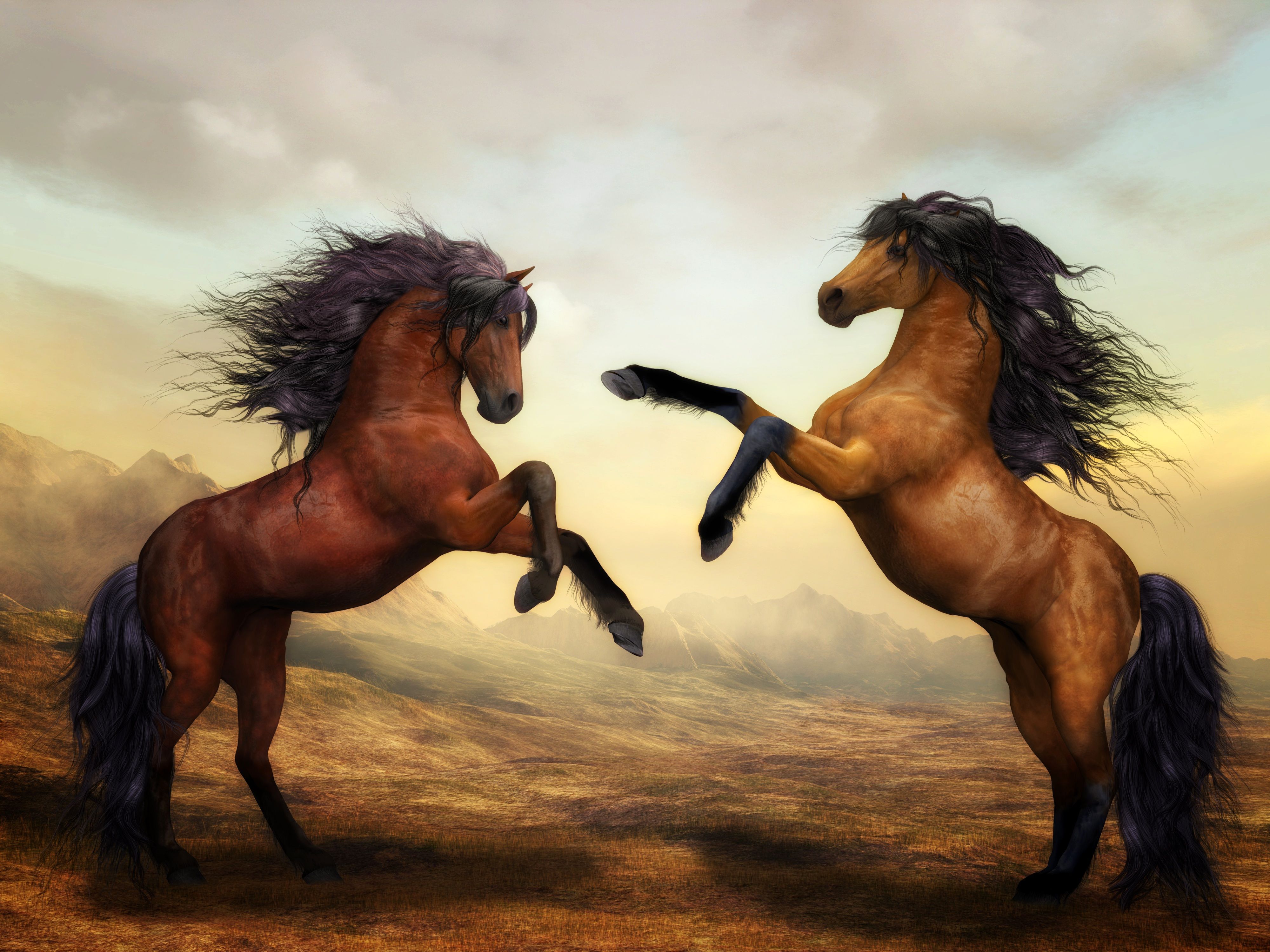
Horses Rearing Wallpapers Wallpaper Cave
Rearing is a very backward movement. This video will show you how it often starts and how to stop it. Grab your free training series here: https://www.kandoo.
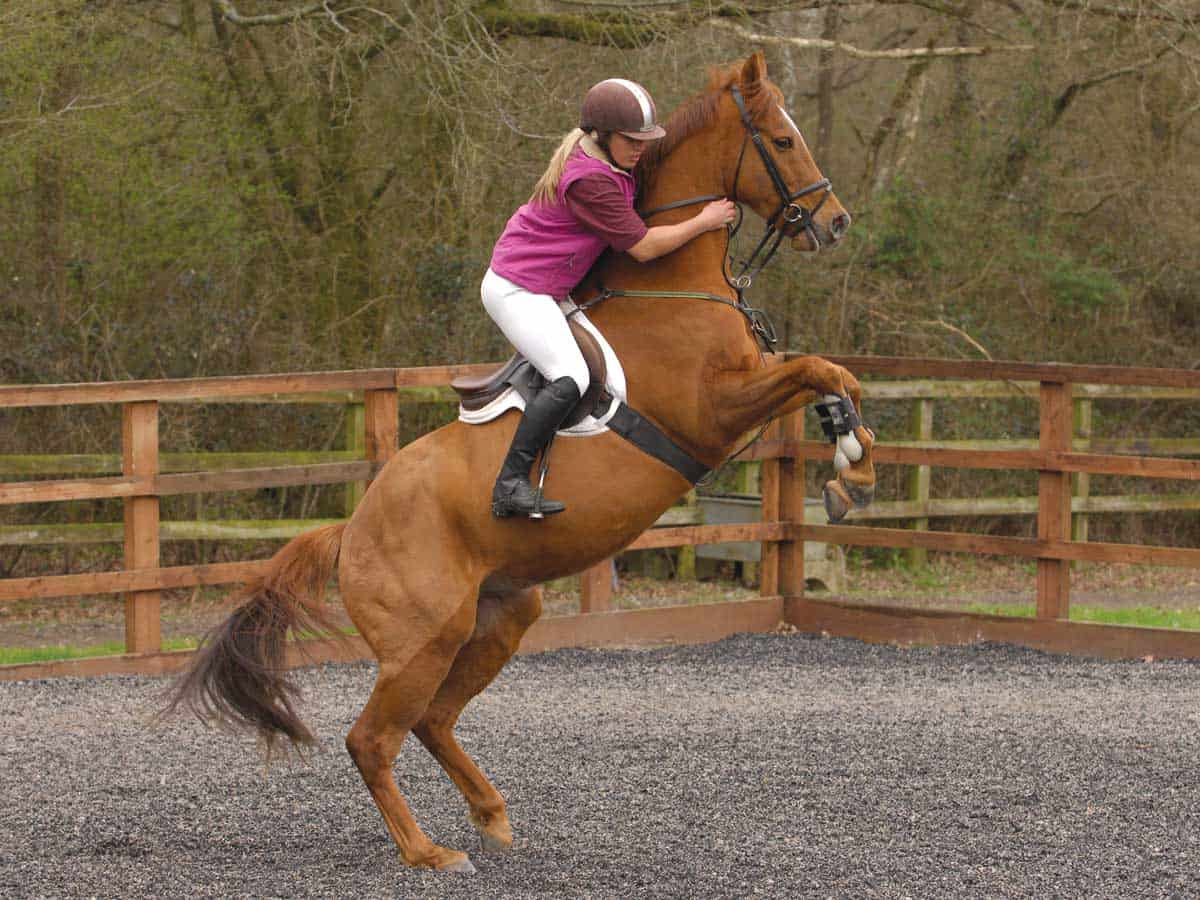
Horse rearing with rider Horse and Rider
What Is Rearing in Horses? Rearing is when a horse stands on its hind legs with either both or one front leg raised off the ground. It is usually done in response to fear, pain, surprise, or excitement. This can be a startling sight for those watching, but it is rarely dangerous. 9 Reasons Why Do Horses Rear? 1.
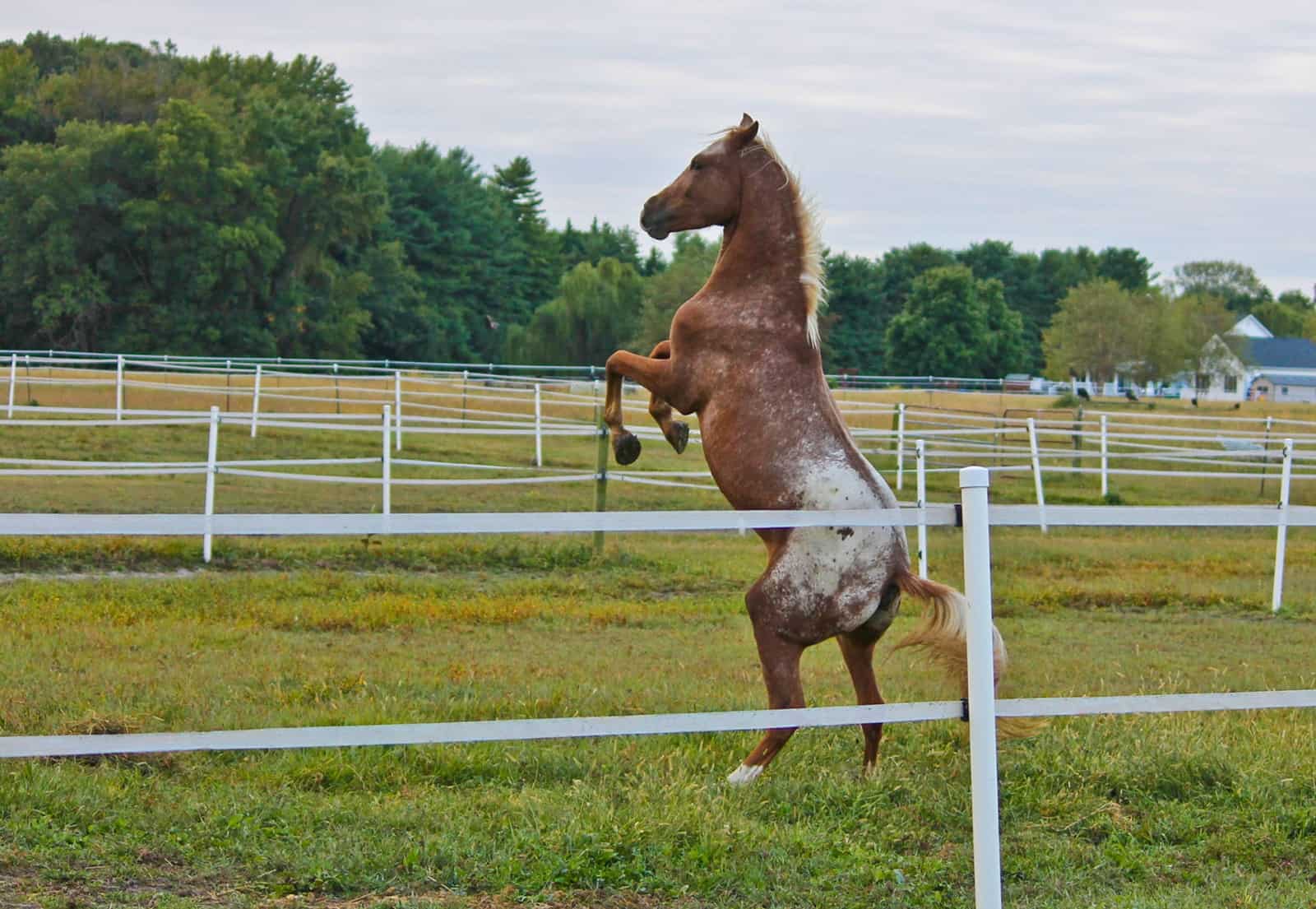
Spontaneous Rearing and Food Aggression in Horses The Horse
Rearing is a behavior in horses where the front legs of the horse are lifted off the ground while the hind legs remain in place. This behavior can be voluntary or involuntary and can happen while standing still or moving.
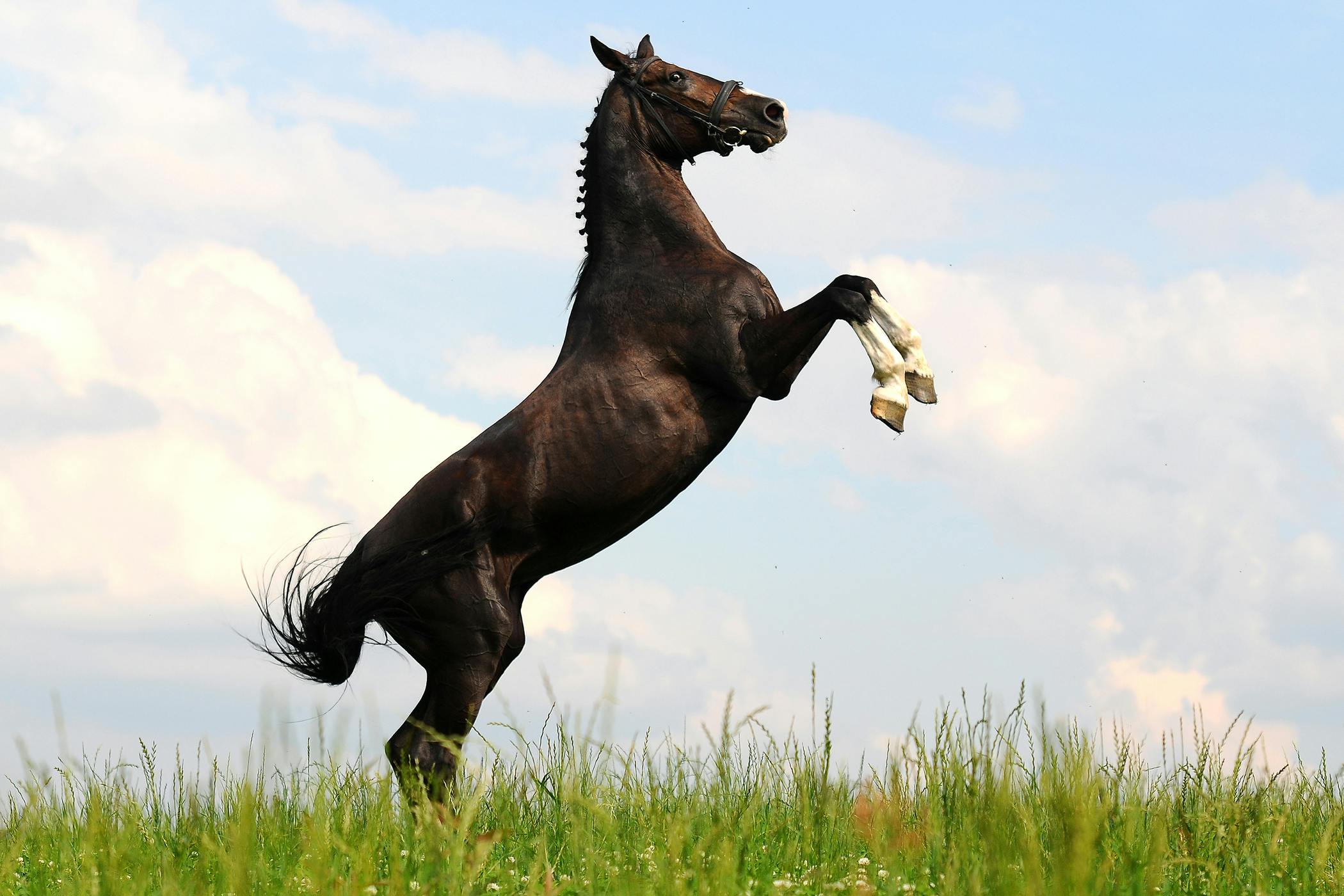
Rearing in Horses Symptoms, Causes, Diagnosis, Treatment, Recovery, Management, Cost
To gain a horse's respect, you have to move his feet forwards, backwards, left and right and reward the slightest try. If your horse is rearing, he's telling you that you don't truly have his respect. You need to spend more time working with him on the ground, establishing yourself as the leader. The Fundamentals level of the Method.